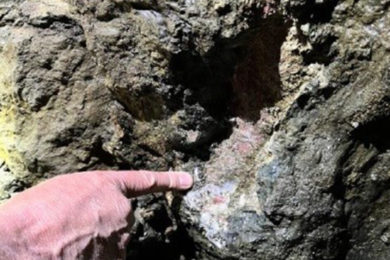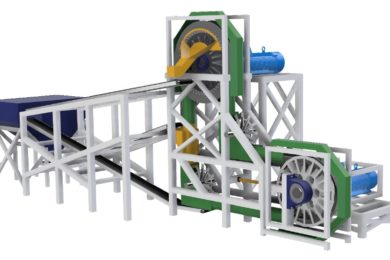 Frédéric Flament and Donald Leroux of Algosys comment in the latest issue of QMASTOR’s Traction Newsletter that “computation of mass balances within metallurgical plants mainly aims at estimating non measured variables, typically the mass flow rates that are essential to determining plant performance. In spite of the simplicity of mass conservation laws, balancing metallurgical process data is always complicated by the fact that plant data always carry measurement errors that propagate, unavoidably, through mass conservation equations.
Frédéric Flament and Donald Leroux of Algosys comment in the latest issue of QMASTOR’s Traction Newsletter that “computation of mass balances within metallurgical plants mainly aims at estimating non measured variables, typically the mass flow rates that are essential to determining plant performance. In spite of the simplicity of mass conservation laws, balancing metallurgical process data is always complicated by the fact that plant data always carry measurement errors that propagate, unavoidably, through mass conservation equations.
“For many years, the typical approach to mass balancing has been to consider just enough process variables to avoid the problem of inconsistencies and incoherence. Month-ends were particularly painful periods to go through. Reported production numbers had to be balanced, unaccounted losses had to be kept at a minimum and inventories, internal and external, had to be appraised at reasonable levels. Corrections were subjective and mainly depended on production objectives and expectations rather than actual figures.
“Nowadays, because more instrumentation and process data are available, the problem is amplified. Accessing plant data may be straightforward but maintaining the integrity of the information is problematic when it is stored at different locations and needs to be corrected for metal accounting purposes. Unless the modifications in all data repositories are recorded, conflicting information can be generated resulting in confusion and misinterpretation of plant performance.
“Statistical data reconciliation provides an elegant solution to the incoherent mass balancing problem of plant data. It provides data corrections that are objective and made according to measurement errors of the instruments (and/or procedures) from which they were determined. The corrections made are justifiable and traceable. The resulting mass balance is coherent and from a statistical standpoint, more precise than any
non-reconciled set of numbers. Because the current state of technology allows statistical mass balancing to be conducted in just a few seconds, production mass balances can be generated automatically every shift to
provide operation management teams with timely and accurate numbers from which they can make sound decisions.
“For production and metallurgical accounting, relational databases have started replacing spreadsheets in metallurgical plants about a decade ago. In addition to making it possible to automate most of the accounting tasks, relational databases eliminate transcription errors and time lags. All data corrections are recorded and explained, corrected data are available from a unique data source, access to the data can be controlled, reporting and trend analysis are facilitated. The data source becomes a safe, valuable and reliable source of information for production management and process improvement.








